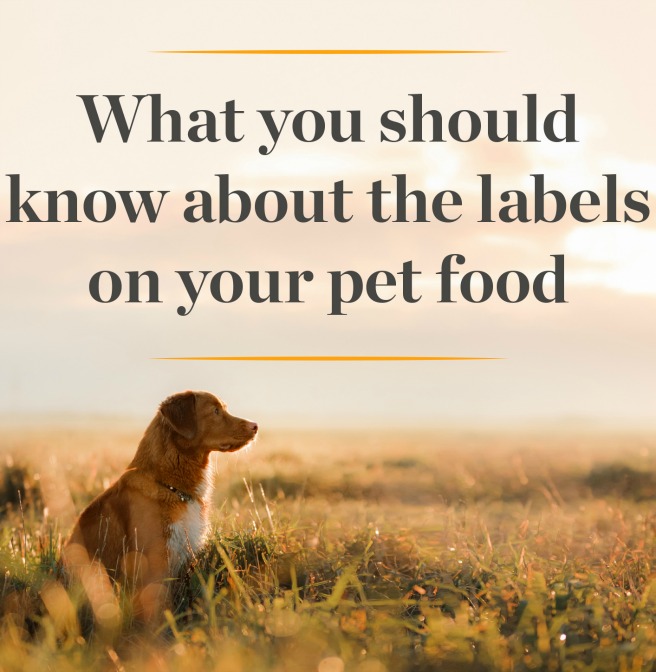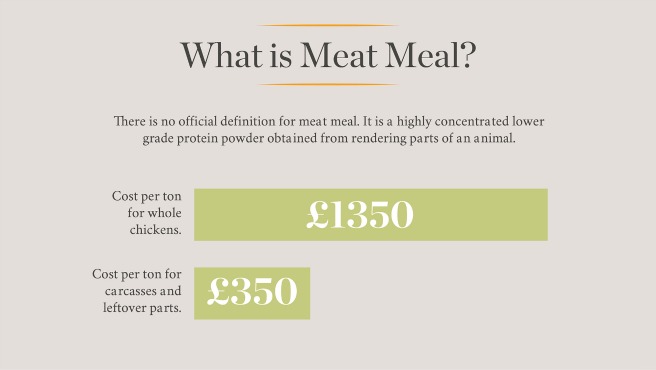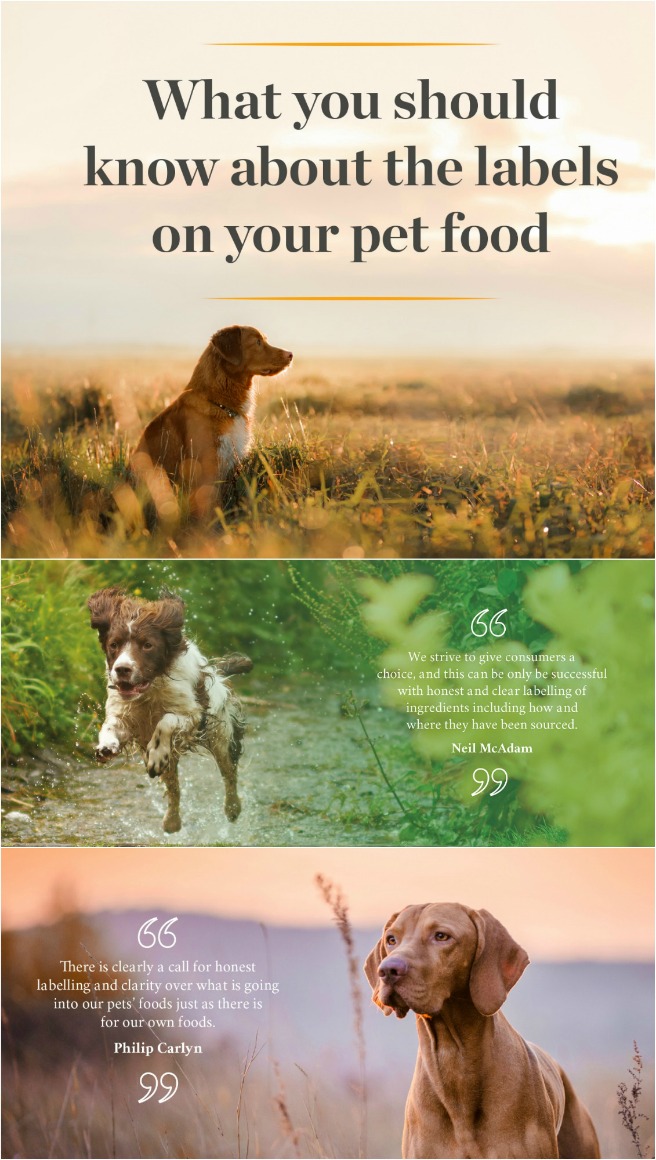So you made a decision and became a dog owner… so what now? Do you or do you not put a sign on your gate advertising the fact?
Well, this is a question that some of us find very troubling. I guess this simple task of screwing a nice metal or plastic plaque onto your gate can have some consequences. So should we or shouldn’t we advertise the fact that we own a dog?

I wish there was a simple answer to this question but there isn’t one. Things to consider…
Trespassing… A beware of the dog sign can be a nice little reminder that you are about to enter someone else’s property, just in case the fence or gate wasn’t a big enough clue, but isn’t this an admission that your dog is dangerous and might bite? Some people think it is… This doesn’t mean that the sign shouldn’t be there but you might want to rethink what it should state… unless you have a truly protective dog like a serious guard dog and it probably will, in fact, attack the intruder, then a sign stating the fact is fair game in my eyes.
Security… of both your dog and your property… yes, you are reading it right… dogs might protect your property and a sign like this might make some robber think twice before picking on your household but what about the dog? I remember a few years ago there was a huge spike in reports of household dogs being stolen…a sign like this may make it easier for some nefarious individual to identify what house comes with a dog. I assume people stealing dogs isn’t your everyday situation but still, it is worth a consideration.
Ease of access… depending on your property layout and how gated it is, it might be nice to warn a delivery person for example that you own a dog, especially if it is the barking type. I can imagine that being surprised by a “barking monster” on the other side of the fence isn’t a pleasant experience for them. Just remember to keep your gate locked at all times, you don’t want to risk the dog running away simply because someone didn’t lock the gate behind them.
Choice of signs… beware of the dog isn’t the only sign out there, there are a lot of different dog signs to choose from or you can even design your own sign. You might want to consider something like “Dog running free”, or “Dog in the yard” or “I can make the gate in 3 seconds, can you?” – They all suggest you have a dog without implying that the dog is a vicious killer.
All of these thoughts to consider and we still aren’t any closer to an answer, should we or shouldn’t we…
I don’t think there is a right or wrong answer here. It all depends on why you want to put a sign up, what the sign will say and what breed of the dog you own… think about it and make your own mind.
Do you have a dog sign on your gate?
Did you ever consider putting one up?






